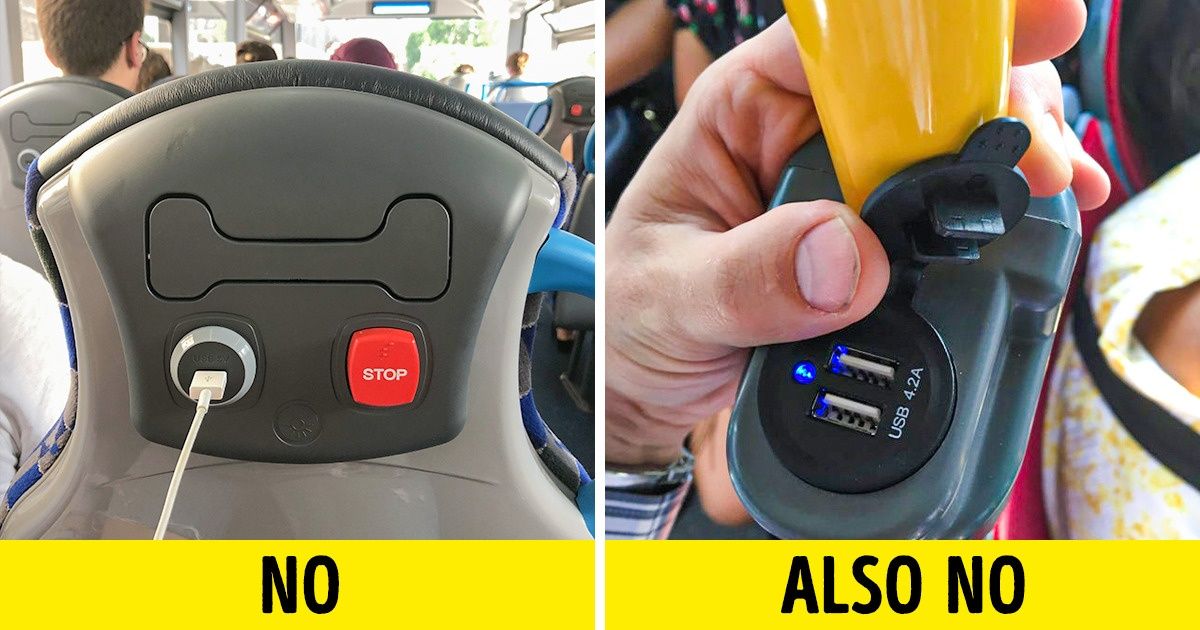20+ Pics So Pure That They Can Light Up the Gloomiest Heart


More than 566 million cases of data leakage through public phone charging stations have been detected since 2018 up to today, according to IBM. Some cities’ district attorneys already warn travelers to avoid public USB chargers and free charging appliances. Today cybersecurity is extra important, as we have all of our important info stored in our phones, including documents, money, and personal information.
Many travelers know that at the airport you can always find a place to charge your phone. But a few minutes at the public charging station can flip your life upside down and cause big problems — these hacking cases have become so frequent, that there’s even a special word for it — juice jacking. There are just a few simple rules to follow if you want to stay on the safe side.
Charles Henderson, the Global Head of IBM’s X-Force Red, shared that cybercriminals hack public charging stations by modifying those USB cables and installing malware on your phone, or downloading data without you knowing about it. He also pointed out that there are some things you don’t share — for example, you don’t use someone else’s underwear if you forget yours, and you should do the same thing with cables.
As many people know, USB cables are not only used for charging, but also for data transferring, and hackers take advantage of this. So, it’s better to use a power outlet — it’s not as convenient because they are often close to the floor, but it’s much safer — you can’t steal data through a power outlet. And the best solution is to carry your own power bank.
Also never use accessories that were found or given to you by a stranger for charging — they can have a chip that transfers malware to the phone, which scammers will charge you money to get rid of.
The infrastructure of public spaces is basically safe, but hackers often install fake USB charging sockets, similar to the way people hack ATMs. A few years ago, at the cybersecurity conference DEFCON, there were free charging stations, and when participants used them, they would get a pop-up on their device that said never use public charging stations, especially at a hacker’s conference.
If you don`t have an outlet plug adapter, but you have a power bank, you can plug it into the public charging USB socket, and then connect the phone to the power bank, so there’s no direct connection. Then data transfer will be basically impossible.
There are ways to be on the safer side, if connecting to the public stations is inevitable. You can purchase a special adapter that can be inserted into the charging cord and that’ll cut the transmission of data through it. But it still doesn’t give you a 100% safe guarantee against hacker’s attacks.











